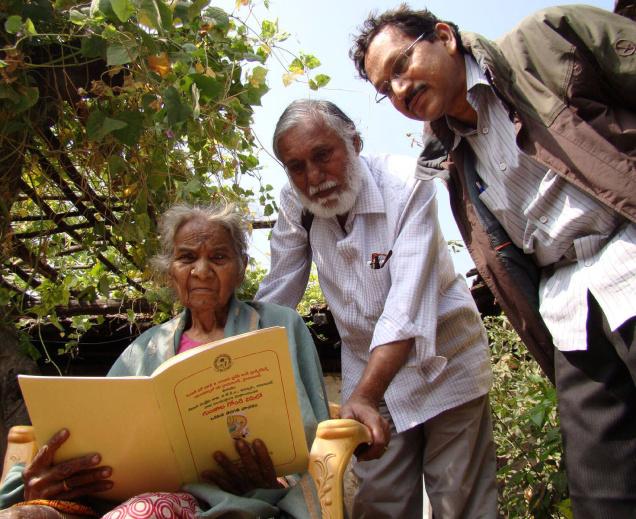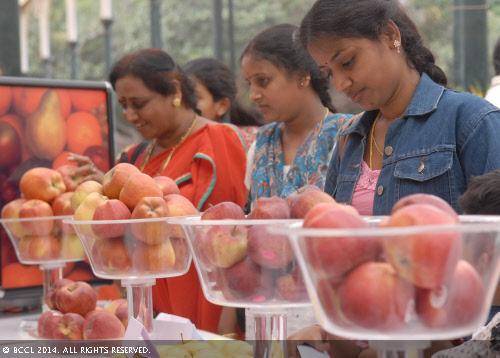
After series of good performances in the national level tests in engineering and medical courses students from the State have made a mark in the Common Admission Test (CAT) conducted for admission into IIMs and top business schools in the country.
This year, perhaps the first-time ever, three students from the State scored a perfect 100 percentile figuring among eight such students across the country. It’s an achievement in the sense that State students aren’t as crazy for management courses as they are for engineering and medical courses.
Engineering background
An interesting aspect among these toppers is that they are all from engineering backgrounds and have already proved themselves at various levels. It’s a natural progress from IITs to IIMs these days as a combination of engineering from an IIT and management from IIM is considered a potent weapon for students to market themselves in the national and international arena. These achievers are no different.
The three toppers from the State, include Krishna Pillutla, Imaneni Kumar Karthik and Siva Surya Teja. Krishna Pillutla, a final year computer science student at IIT-Bombay hails from Trimulgherry in Secunderabad. With his score, Krishna will get a call from all the IIMs, but he prefers to study at IIM-Ahmedabad.
Twenty-four year-old Siva Surya Teja, who secured a perfect 100 percentile is from a small town Samalkot near Kakinada. After graduating from JNTU Anantapur, he joined the Infosys in Hyderabad three years ago. He secured the top score in the fourth attempt. In his second and third attempts, he scored 99 and 96 percentile respectively and aimed at getting the top score this time.
Another 100 percentile, Imaneni Kumar Karthik hails from Vijayawada and secured his B.Tech and M.Tech dual degree from IIT Kharagpur. He is employed with Oracle in Hyderabad as of now.
These achievers are from the TIME group that trains IIM aspirants. In fact, one of the toppers, Krishna is the son of P. Vishwanath Director of TIME group.
Commenting on the toppers, Mr. Vishwanath says that most students from the State prefer to move abroad for MS or a job in a good company. “May be such toppers are now focussing on CAT too,” he says. “The placements at IIMs also matter in students’ preference to write CAT.”
source : http://www.thehindu.com / The Hindu / Home> Features> Education Plus / by R. Ravikanth Reddy / January 19th, 2014



